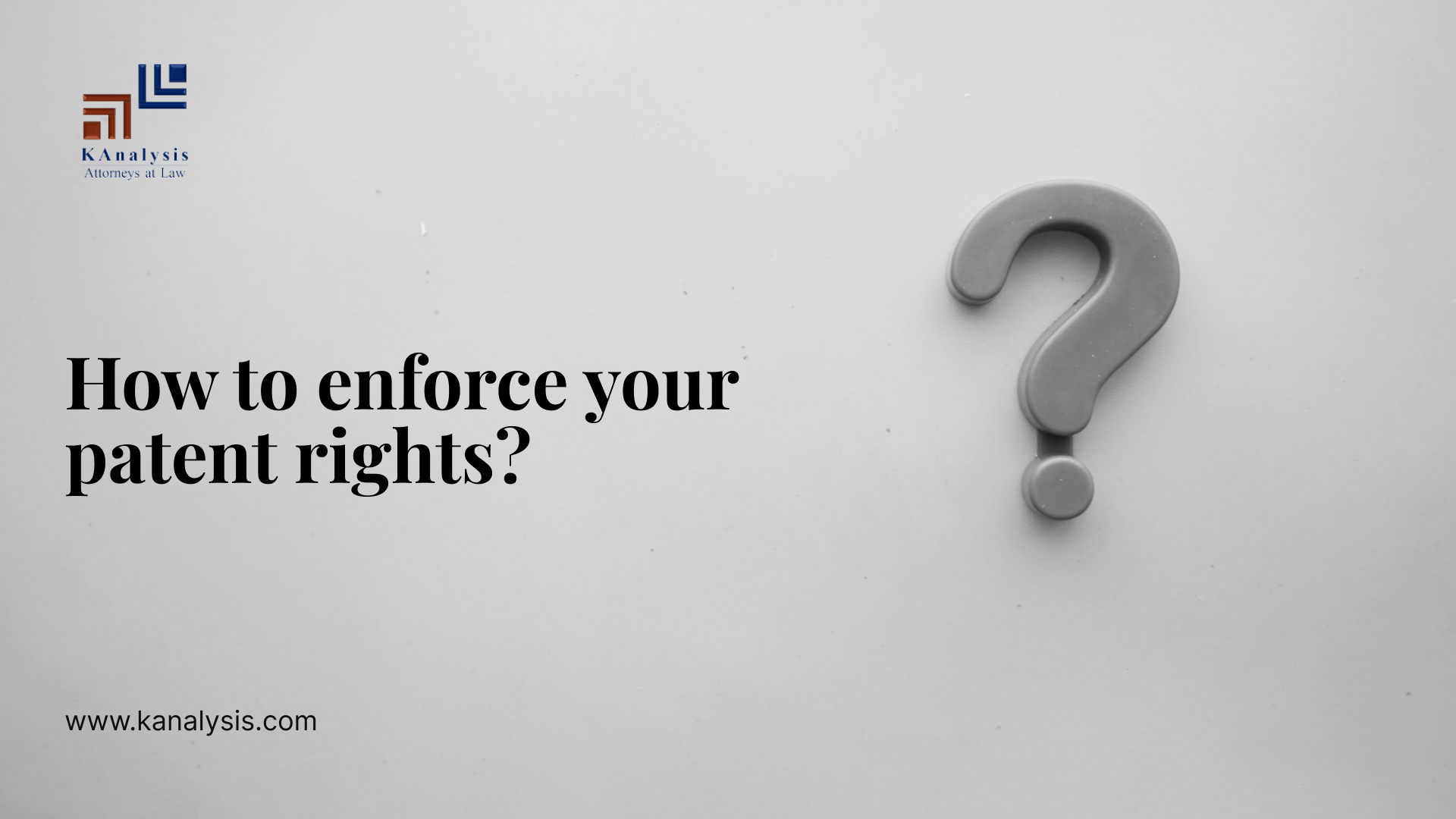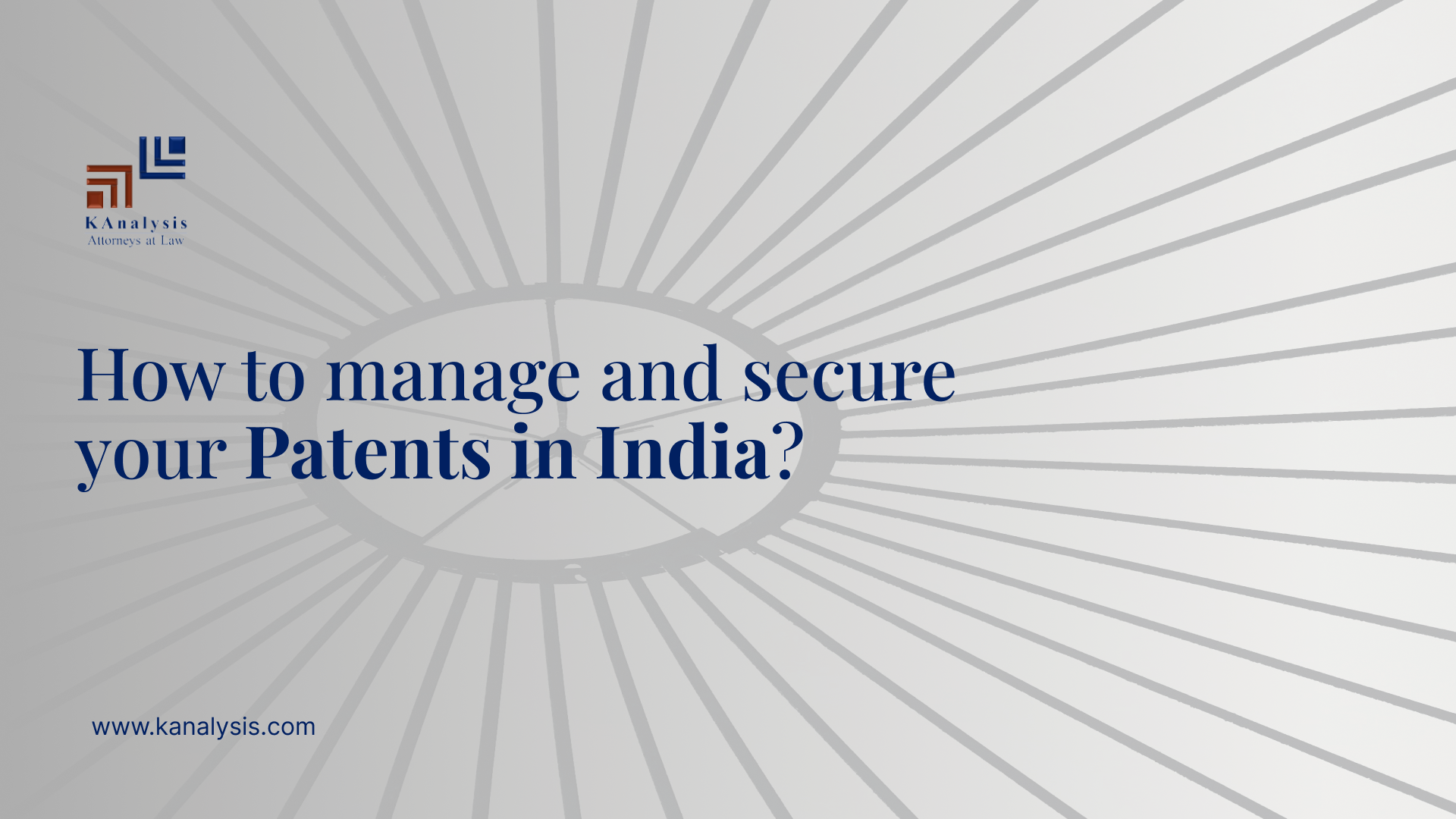Patent Protection: A Beginner’s Guide to Securing Your Innovations
"The Sharks Always Ask One Common Question to All Participants for their Product – Do you have IP protection for your product or service?" Investors are intrigued by the intellectual…
Article 29.1 of the Agreement on Trade-Related Aspects of Intellectual Property Rights (TRIPS Agreement)[1], emphasizes the disclosure of the invention clearly and completely by the applicant so that a person…
A patent gives the owner the right to benefit from his innovation. Thus, to take full advantage of the patent it is not enough to claim rights over it but…
The infringement of patents in India is governed under the Patents Act, 1970. Violation of a patentee's right with respect to its invention is known as patent infringement. When the…
A patent owner enjoys the exclusive patent right for 20 years. Patent enforcement means enforcing one’s right in a patent or an invention. In case, a third party infringes any…
Biotechnology companies have the ability to forever alter the face of the health-care industry. These companies and innovative concepts have the potential to change patient care while making big profits,…
A patent’s main purpose is to give its owner the legal authority to prevent third parties from making use of the innovation. An inventor has exclusive right to use, produce,…
The history of the Indian patent system dates back to the country's pre-independence era, and it began with the passage of the country's first patent law, the Indian Patents and…
The criteria for patentability is one of the most important parts of patent law. It affects how effective the patent system is overall at promoting scientific and technological advancement, economic…









